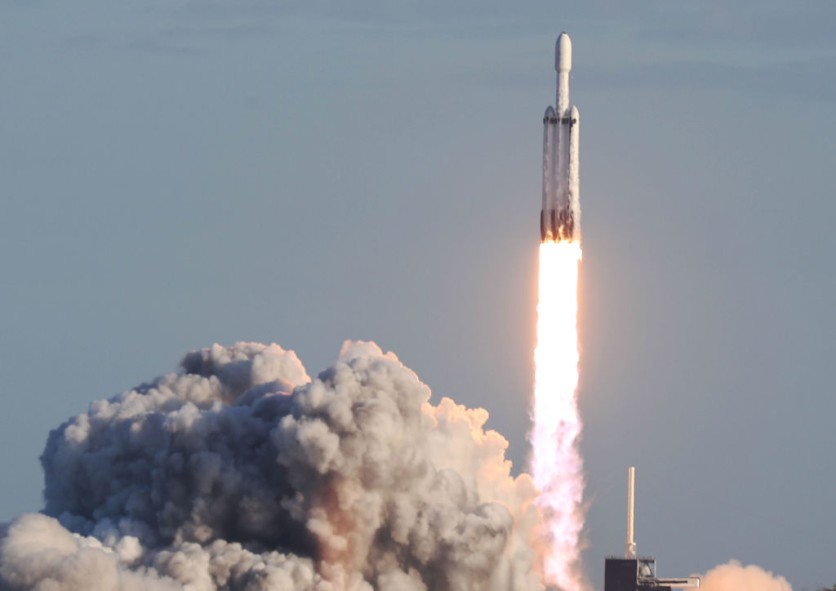SpaceX's Falcon Heavy rocket has recently launched from NASA's Kennedy Space Center (KSC) that kicked off its classified mission for the US Space Force, the USSF-67, as reported by space.com.

The Falcon Heavy
The Falcon Heavy has three modified first stages of the Falcon 9 rocket, which are strapped together with the central one sporting a payload-carrying upper stage.
The Falcon Heavy first-stage boosters are meant to be reusable, and two of them returned to Earth successfully-the USSF-67's side boosters. Now, the central booster on USSF-67 was new, which means it will not be able to fly again. Instead, it ditched into the Atlantic Ocean not long after its liftoff because will use too much fuel to come back home again.
Meanwhile, the upper stage of the rocket continued carrying its payloads to orbit. The main satellite on USSF-67 is Continuous Broadcast Augmenting SATCOM 2 (CBAS-2), which is on its way to geostationary orbit.
CBAS-2 will deliver communications relay capabilities to support seniors leaders and combatant commanders. Its mission is to augment existing military satellite communication capabilities and continuously broadcast military data via space-based satellite relay links.
Also Read: SpaceX Falcon 9: 48th Launch on 2022 Done, Achieves Record for Most Launches for a Spacecraft
Satellites On-Board
Also going up on the rocker was the Long Duration Propulsive ESPA (LDOE)-3A, which is a payload adapter that can hold up to six small satellites.
Five slots were filled on USSF-67, while the LDPE-3A has two satellites, the Catcher and WASSAT, for Space Systems Command. The arm of the Space Force. The Catcher is a prototype sensor that is built to track possible hazards caused by space weather. While WASSAR is likely a camera or sensor designed to monitor other satellites and collect data on their trajectories and anomalies.
The other three satellites were developed by Space Force's Space Rapid Capabilities Office (SRCO) that aims to get new off-Earth assets quickly and efficiently.
Falcon Heavy Biggest Launch Ever
Falcon Heavy is the biggest rocket that was launched into space by a private company. It is able to launch payloads of up to 54 metric tons, which is nearly as much as a non-nuclear B-2 stealth bomber.
If it were to release an equally mass payload, SpaceX's rocket could send an object weighing 4.4 million pounds (2.0 million kilograms) into low-Earth orbit, the company said. In the future, it may send people to the moon and beyond. A Falcon Heavy payload will be able to reach the moon from Earth without using much fuel. It can also send big satellites into Earth's orbit and even Mars trips for another day.
SpaceX's Heavy will be Elon Musk's most precious piece of machinery as it could send the company to the next level. The company is banking on its Heavy profits to fund its other ambitious plans, such as making a global, high-speed internet service using satellites and sending humans to Mars.
Related Article: Elon Musk's SpaceX Falcon 9 Shows Harmful Effects on the Environment

ⓒ 2025 TECHTIMES.com All rights reserved. Do not reproduce without permission.




